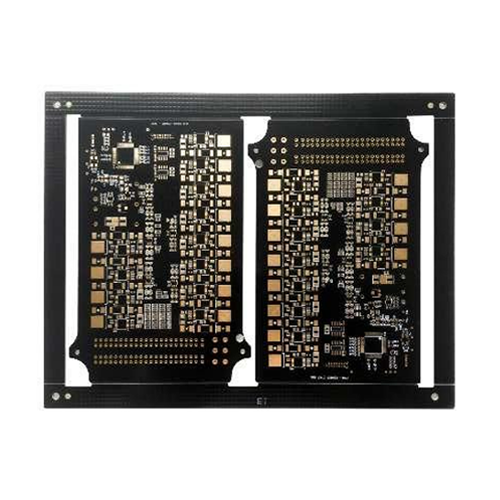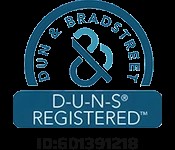| Blind/Buried Hole | (1-2,2-3,3-8,8-9,9-10) |
| Material | FR4 Hi-Tg 170 |
| Thicknes | 1.6mm +/-10% |
| Panel size | 86 x 43mm(1-up) |
| Width/space | Partly 3/3mil line |
| Surface Treatment
Standard Hole Wall Copper Thickness |
Slective 30μ" Hard Gold + ENIG
IPC3 25 μm |
Home - Case Studies - Advanced 10-Layer HDI PCB with Selective Hard Gold & Blind/Buried Vias

| Blind/Buried Hole | (1-2,2-3,3-8,8-9,9-10) |
| Material | FR4 Hi-Tg 170 |
| Thicknes | 1.6mm +/-10% |
| Panel size | 86 x 43mm(1-up) |
| Width/space | Partly 3/3mil line |
| Surface Treatment
Standard Hole Wall Copper Thickness |
Slective 30μ" Hard Gold + ENIG
IPC3 25 μm |
This 10-layer HDI PCB, manufactured by Fastturn PCBs, showcases a high-performance multilayer design with precise microvia structures and premium surface treatments. Engineered for space-constrained and high-reliability applications, this board meets IPC Class 3 standards and offers excellent electrical performance.
Key Specifications:
Layers: 10
Blind/Buried Vias: (1-2, 2-3, 3-8, 8-9, 9-10)
Material: FR4, High-Tg 170
Board Thickness: 1.6 mm ±10%
Panel Size: 86 x 43 mm (1-up)
Line Width/Spacing: Partly 3/3 mil
Surface Finish: Selective 30 μ" Hard Gold + ENIG
Hole Wall Copper Thickness: 25 μm
Standard: IPC Class 3
The design leverages advanced via technology and high-density interconnects to ensure optimal signal integrity and performance for mission-critical systems.
To fabricate this board, the following data and design specifications are required:
Complete Gerber Files (RS-274X format preferred)
Drill Files with clearly marked blind/buried via layers
Stack-Up Details, especially for HDI via planning
Material Selection Confirmation (FR4 Tg170 or equivalent)
Surface Finish Specification (ENIG + Hard Gold)
Impedance Control Requirements (if applicable)
Assembly Constraints (if selective plating areas are tied to assembly needs)
Quantity and Delivery Timeline
Note: Due to the complexity of HDI structures, DFM (Design for Manufacturability) checks are highly recommended before production.
Q1: What is the purpose of using both ENIG and hard gold selectively?
A: Selective hard gold plating is used in high-wear contact areas like edge connectors, while ENIG is used elsewhere to ensure solderability and cost-efficiency.
Q2: What are blind and buried vias, and why are they used here?
A: Blind vias connect outer layers to inner layers, and buried vias connect only internal layers. They reduce layer-to-layer interconnection paths, enabling higher density without increasing board size.
Q3: Can you support impedance control for this PCB?
A: Yes. Impedance control can be implemented based on provided stack-up and trace width/spacing data. Please submit impedance requirements with your design.
Q4: What applications is this HDI PCB best suited for?
A: This PCB is ideal for use in mobile devices, RF modules, high-speed computing, medical instruments, and aerospace-grade electronics where compact form factor and signal integrity are critical.
Q5: What is the minimum order quantity (MOQ)?
A: MOQ depends on specific production needs. We offer low-volume prototyping and high-volume production. Please contact us for a tailored quote.



Room 503, Building A03, Ping An Technology Silicon Valley, No. 76, Chuangyu Road, Ningxi Street, Zengcheng District, Guangzhou. 511358
Room 503, Building A03, Ping An Technology Silicon Valley, No. 76, Chuangyu Road, Ningxi Street, Zengcheng District, Guangzhou. 511358
1 Southwest Fifth Street, Dongguan City,China
Copyright 2025 © Fast Turn. All Rights Reserved.